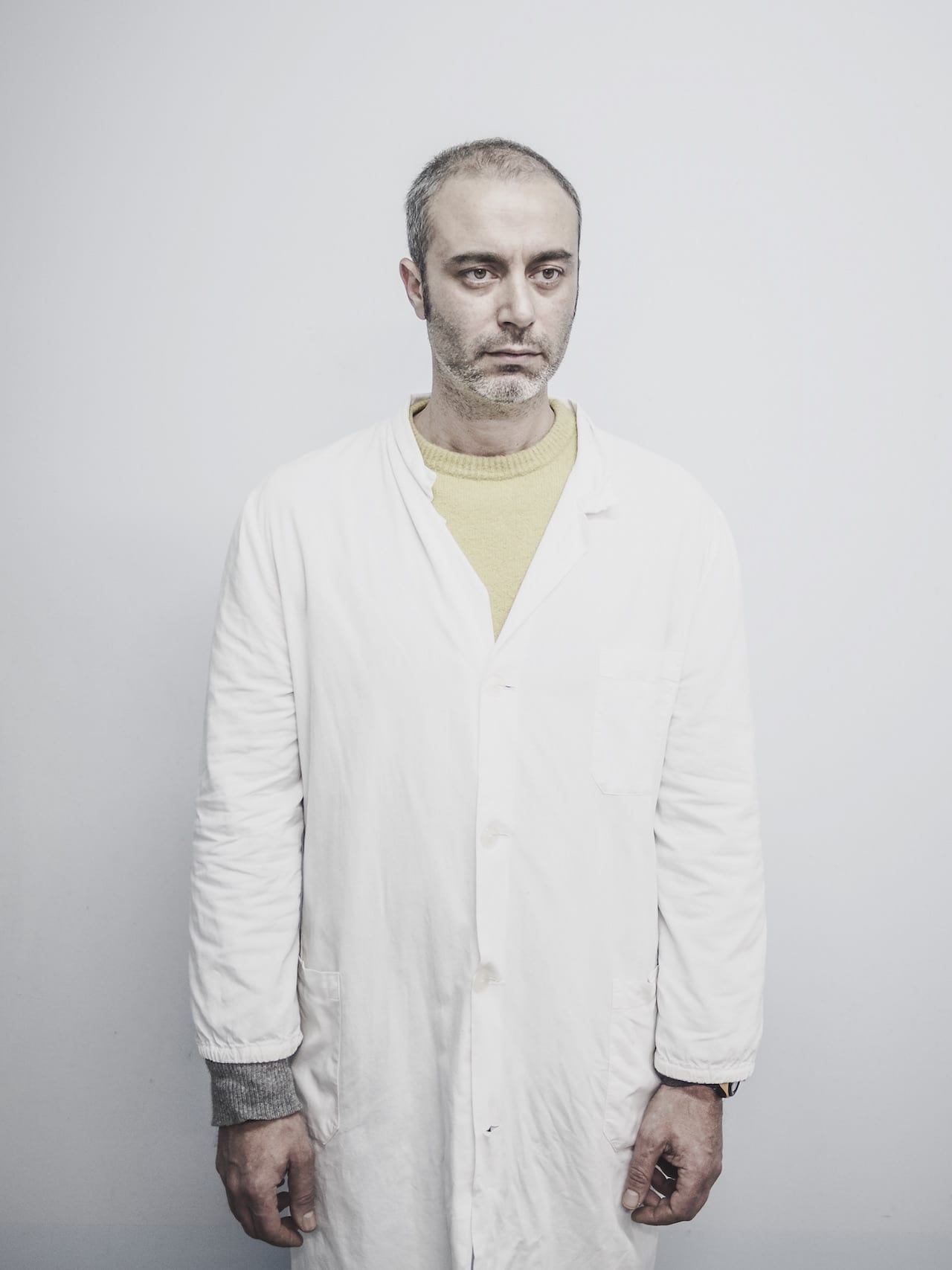This article was originally published in issue #7871 of British Journal of Photography magazine. Visit the BJP Shop to purchase the magazine here
“Many photographs remain forgotten in my archive, while others are destined to come back with a new life,” says Carlo Lombardi. It’s a sentiment that could apply to the subjects of his latest series, Dead Sea, which focuses on the diminishing number of loggerhead sea turtles in the Mediterranean, and which appears in the 2018 Hamburg Triennial Off section from 07 June as a result of an open call.
The Italian’s ongoing work began in spring 2016, following a visit to the Museum of the Sea in Pescara, where he was fascinated by a skeleton pinned to the wall. The bones belonged to a loggerhead sea turtle, a species whose population is decreasing at an alarming rate due to climate change. Increasing sand temperatures, storms and rising sea levels vastly impact the turtles’ habitats and ability to breed, while fishing and pollution also contribute to the death toll.
Lombardi started to work closely with two NGOs concerned with the preservation and protection of the turtles, spending time at the Centro Studi Cetacei on the Adriatic coast and the Hydrosphera Association in Linosa – an important site of marine biodiversity and home to one of the last remaining loggerhead sea turtle nesting places in the Mediterranean basin. There, Lombardi photographed both the man-made threats and the remedies to the situation – from fishing boats to volunteer biologists – as well as the turtles.

In one particularly poetic portrait of man’s ambivalent position, Lombardi juxtaposes the chain-mail glove used to feed turtles with 5cm-long fishing hooks that have been extracted from turtles’ throats. Shot in a muted colour palette, the series is also guided by a distinctive, purposeful aesthetic, both enquiring and emotive.
“In this work I concentrated on removing; I want to allow the imagery the space for broader interpretation,” Lombardi explains. “Many of these images don’t just represent the facts of the story – I want to give lots of space between the pictures to fill in the story.”
The artist recalls one touching incident in Linosa, observing the hatching of a nest. “With great delicacy the volunteers dug their hands into the wet sand, and when they reached the depth of the palm, suddenly the head of a small turtle popped out, followed by small front fins. That day they pulled out three small turtles who had been trapped in their nest for three days,” he recalls.
“On a personal level it is impossible to remain detached in front of such strong moments, these help you to stay connected to a deeper level with what you are doing.”
Lombardi’s project, which he hopes to continue around the Mediterranean in the future, aligns with a growing number of artists, such as Yan Wang Preston and Sarker Protick, who photograph environmental issues with a subjective eye; a kind of artful rather than accusatory activism.
“A new study suggests that the motivation to act against climate change depends not on fear but instead on psychological coping strategies that help people deal with their environmental worries. Maybe we should keep it in mind – and I’m not just talking about photographers,” he says.
